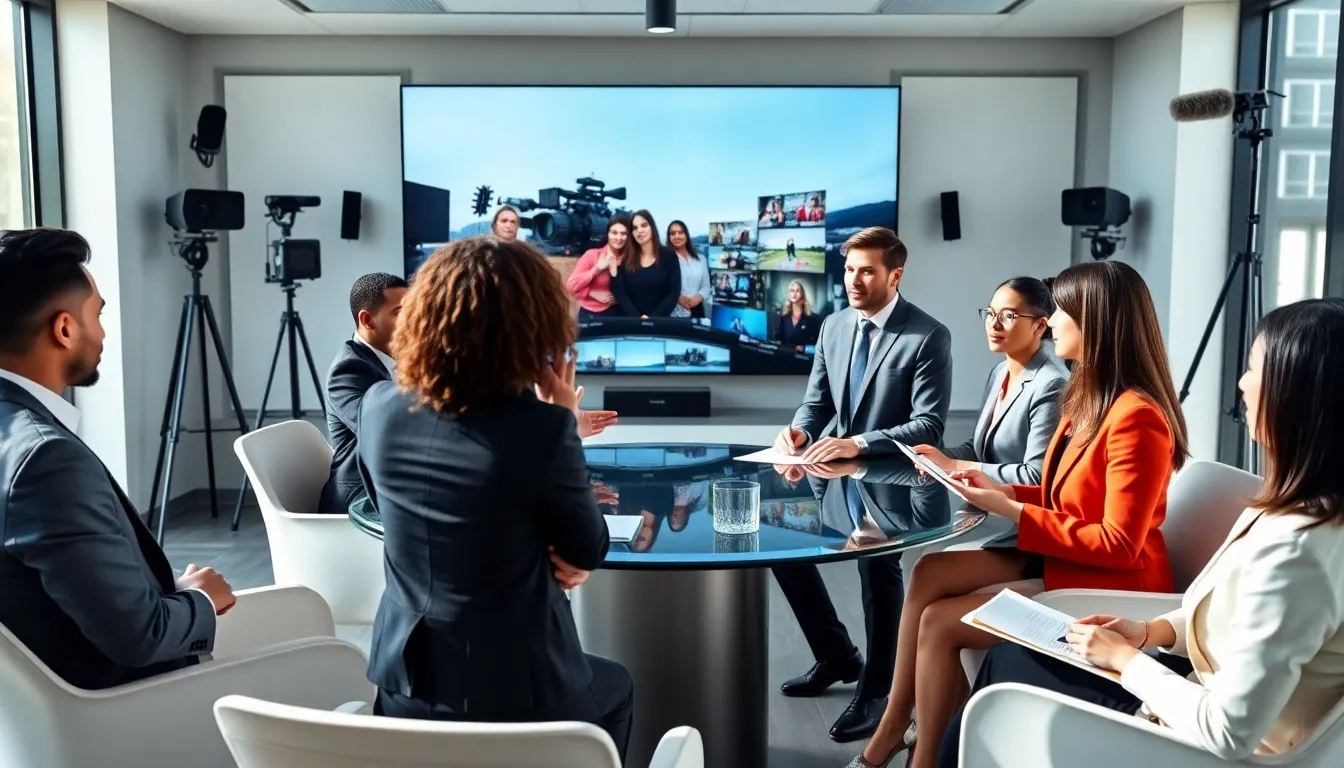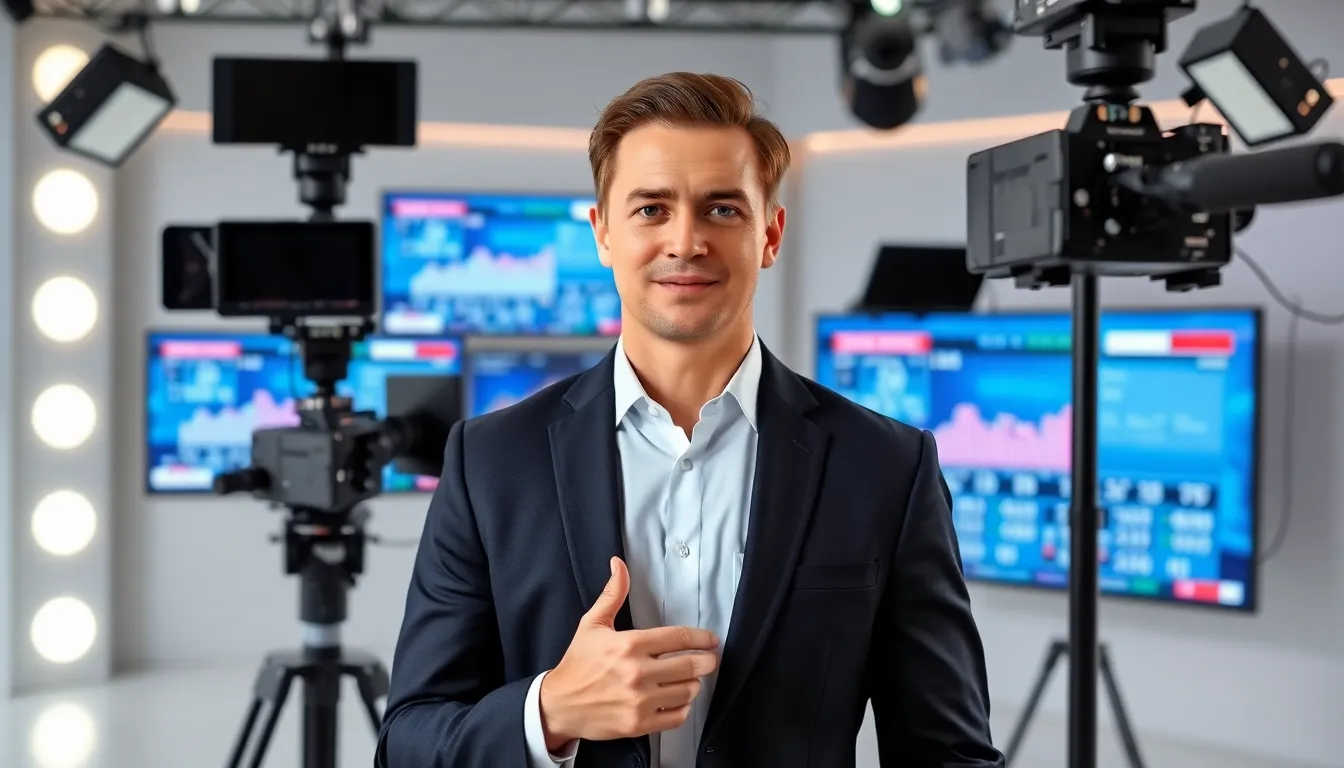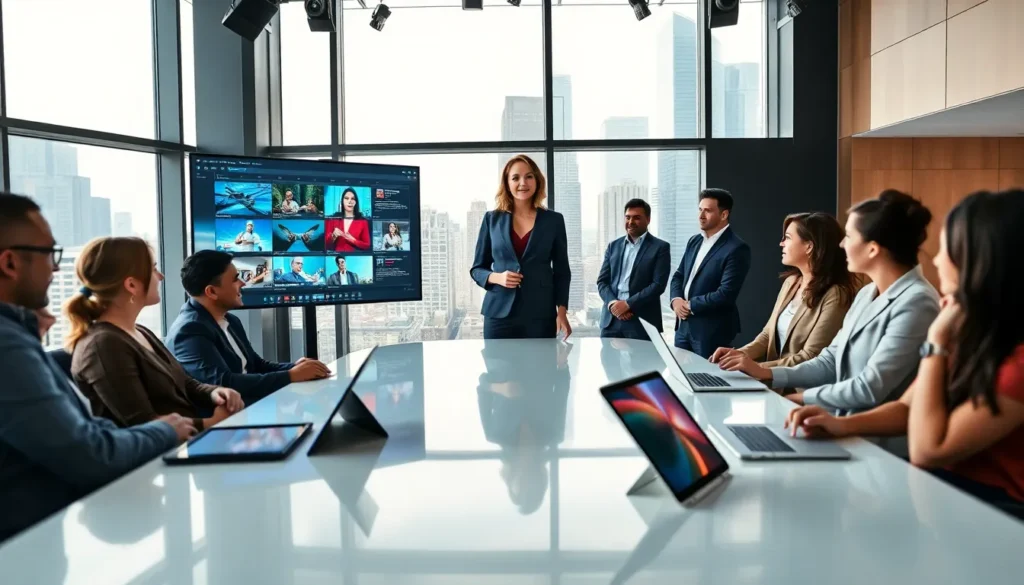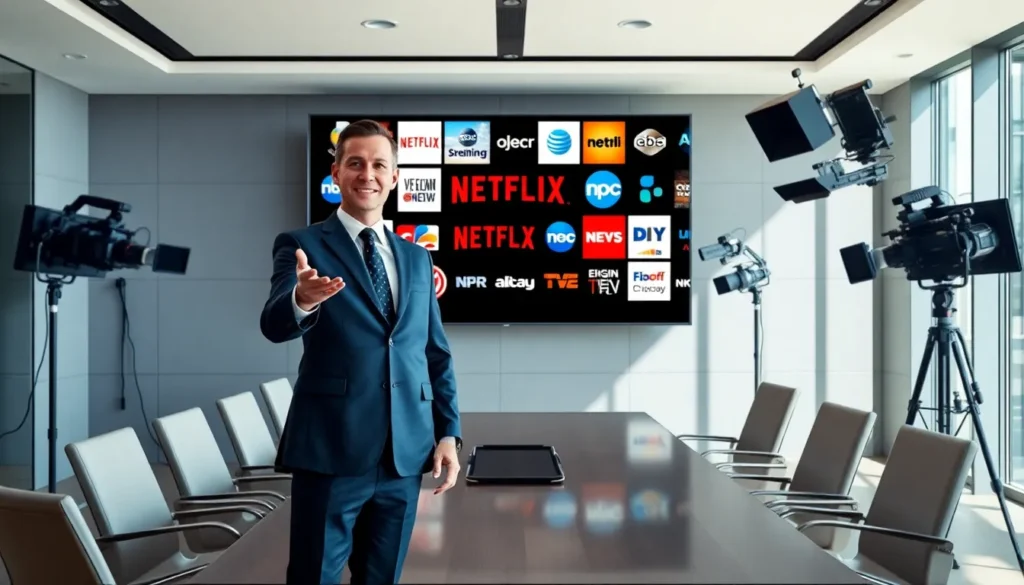Table of Contents
ToggleIn a world where every second counts and first impressions matter, the term “broadcast media training” might sound like a marketing buzzword, but it’s far more than that. Imagine standing in front of a camera, your hands sweaty, your heart racing, yet you’re expected to deliver a compelling message that resonates with thousands, if not millions. Ready to immerse? Whether you’re a budding journalist, a corporate spokesperson, or just someone who wants to avoid embarrassing gaffes on camera, effective training is essential to succeed. Yes, mastering this art can turn those sweaty palms into a confident handshake. Let’s explore what it takes to excel in the dynamic world of broadcast media.
Understanding Broadcast Media Training

Broadcast media training is designed to hone the skills required for effective communication through various media channels. In today’s fast-paced world, the ability to convey messages clearly and persuasively can make or break a person’s career. Whether presenting news, delivering corporate communication, or engaging with the public, mastering this skill set is paramount.
The Importance of Effective Communication
Effective communication is more than just speaking well. It encompasses body language, tone, facial expressions, and even the ability to engage with an audience. Good communication isn’t just about what one says: it’s about how it’s delivered. Reporters who take training can expect to develop an awareness of their audience and tailor their messages to capture attention. Not only does it help in getting the message across, but it also inspires trust and authority.
Types of Broadcast Media
Broadcast media comes in various forms, each presenting unique opportunities and challenges. The most common types include:
- Television: Known for its visual impact, television remains a powerful medium for sticking a message in the minds of viewers.
- Radio: While it lacks visual elements, radio excels in intimacy. A well-timed voice can evoke emotions and create a strong connection.
- Online Streaming: This modern-age giant provides flexible platforms where content can be accessed anytime, anywhere, making it indispensable for reaching younger audiences.
- Social Media: Rapidly becoming a preferred choice for direct engagement, social media allows instant interaction, making training around this medium particularly crucial.
Understanding these channels helps communicators tailor their messages effectively.
Key Skills Developed Through Training
A comprehensive broadcast media training program encompasses various skills crucial for anyone looking to make waves in media. Skills typically covered include:
Techniques and Strategies for Success
Being on camera requires talent beyond basic speaking. Effective techniques can include:
- Articulation and Clarity: Practicing pronunciation helps avoid misunderstandings during broadcasts.
- Storytelling: Everyone loves a good story. Training often involves learning how to craft compelling narratives.
- Time Management: This is about efficiently pacing segments to keep information engaging and concise.
- Media Savvy: Understanding how different platforms operate allows for more strategic messaging.
Common Challenges and Solutions
Training does not come without its challenges. Common hurdles include:
- Nervousness on Camera: This can be remedied through regular practice and mock interviews.
- Unexpected Questions: Emphasizing improvisation techniques can ease this anxiety.
- Negative Feedback: Cultivating a positive mindset and learning from criticism can turn this into a growth opportunity.
Evaluating Broadcast Media Training Programs
Finding the right broadcast media training program can be overwhelming given the numerous options available. Here are essential factors to consider:
- Reputation and Reviews: Researching feedback from past participants will provide insight into the effectiveness of a program.
- Curriculum: A well-rounded program should cater to various aspects of communication, including visual, verbal, and even technological skills.
- Trainers: Engaging with seasoned media professionals often enhances the learning experience, as real-world insights are invaluable.
- Practice Opportunities: Effective training should offer plenty of chances for mock broadcasts to hone skills in a supportive environment.
Choosing the right program can make a significant difference in building confidence and expertise.




